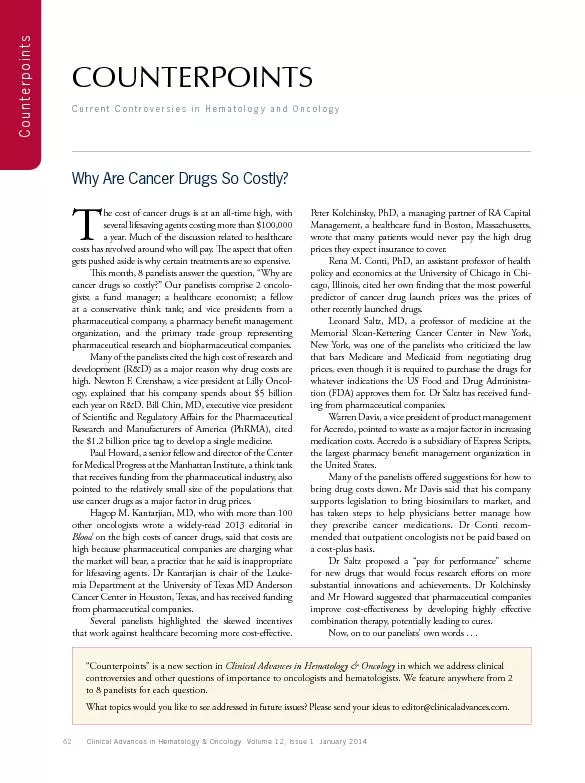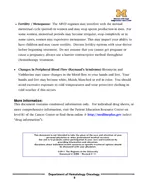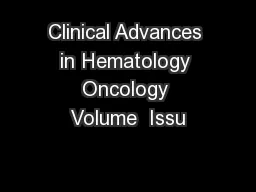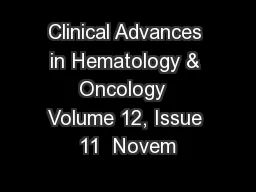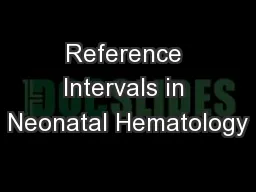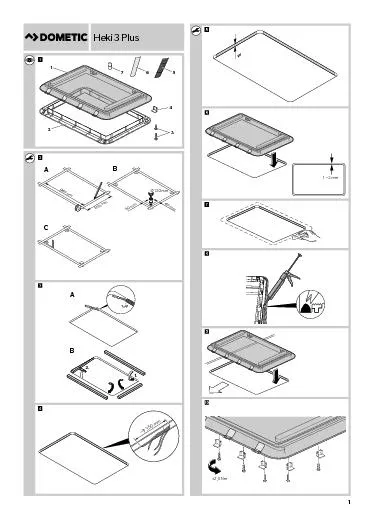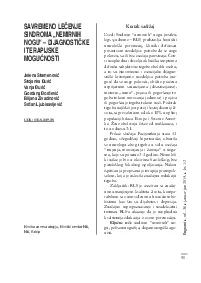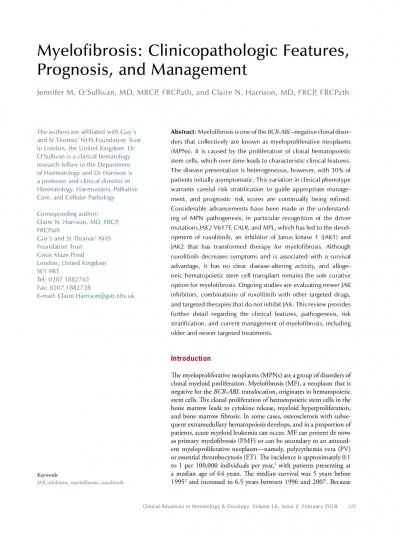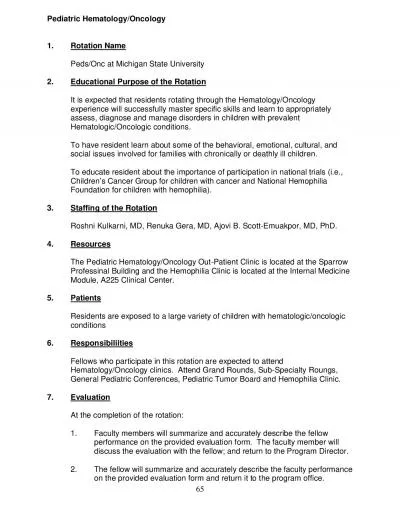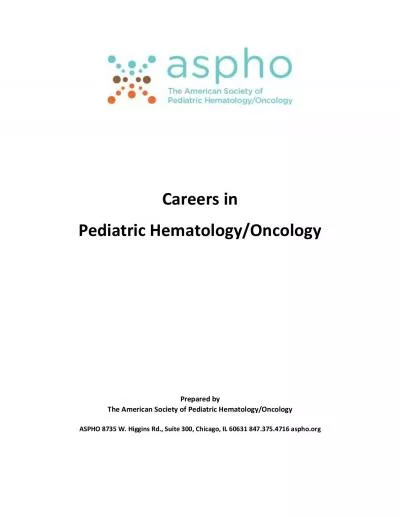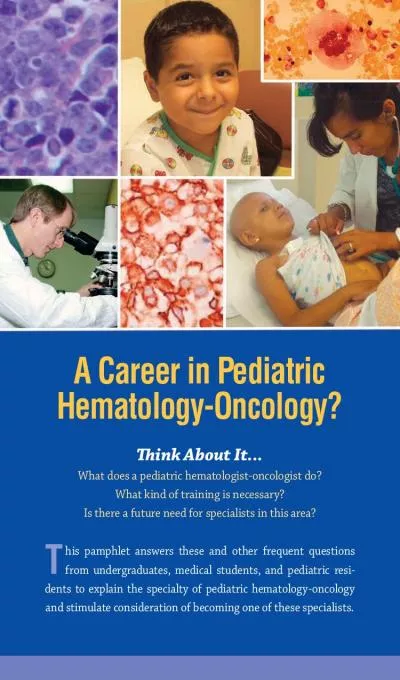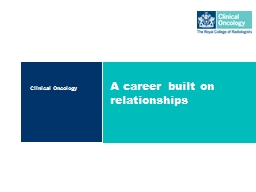PDF-Clinical Advances in Hematology & Oncology Volume 12, Issue 1 Januar
Author : olivia-moreira | Published Date : 2016-03-09
Current Controversies in Hematology and Oncology he cost of cancer drugs is at an alltime high with several lifesaving agents costing more than 100000 a year Much
Presentation Embed Code
Download Presentation
Download Presentation The PPT/PDF document "Clinical Advances in Hematology & Oncolo..." is the property of its rightful owner. Permission is granted to download and print the materials on this website for personal, non-commercial use only, and to display it on your personal computer provided you do not modify the materials and that you retain all copyright notices contained in the materials. By downloading content from our website, you accept the terms of this agreement.
Clinical Advances in Hematology & Oncology Volume 12, Issue 1 Januar: Transcript
Download Rules Of Document
"Clinical Advances in Hematology & Oncology Volume 12, Issue 1 Januar"The content belongs to its owner. You may download and print it for personal use, without modification, and keep all copyright notices. By downloading, you agree to these terms.
Related Documents

